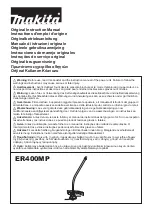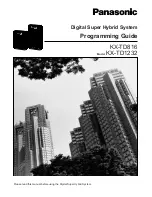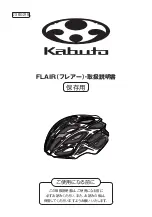
PNI Sensor Corporation
Doc #1016102 r03
RM3000-f & RM2000-f Sensor Suite User Manual
– August 2012
Page 6 of 42
3 Specifications
3.1 Geomagnetic Sensor Suite Characteristics
Table 3-1: Geomagnetic Sensor Suite Performance
1
Parameter
Min
Typical
Max
Units
Field Measurement Range
2
-800
+800
T
Gain @ 200 Cycle Counts
@ 2.8 V
55
counts/ T
@ 3.3 V
45
counts/ T
Noise @ 200 Cycle Counts
30
nT
Linearity - Best Fit over 200 T
0.6
1.0
% of 200 T
Max. Sample Rate per Axis @ 200 Cycle
Counts
3
475
Hz
Average Current per Axis @
35 Hz and 200 Cycle Counts
4
@ 2.8 V
0.20
mA
@ 3.3 V
0.25
mA
Bias Resistor (R
B
)
1.6 V to 2.2 V
60+(V-1.6)*67
2.2 V to 3.3 V
100
External Timing Resistor for Clock (R
EXT
)
33
k
Circuit Oscillation Frequency
195
kHz
High Speed Clock Frequency
45
MHz
Operating Temperature
-40
+85
C
Footnotes:
1. Specifications subject to change. Unless otherwise noted, performance characteristics assume
the user implements the recommended bias resistors and external timing resistor for the high-
speed clock, as indicated in Figure 4-1, and the 3D MagIC ASIC is operated in Standard Mode.
Other bias resistors, external timing resistors and operating voltages may be used, but
performance may differ from the values listed.
2. Field measurement range is defined as the monotonic region of the output characteristic curve.
Field measurement range can be extended by using different bias resistors. For example, with
an 82
Ω bias resistor the field measurement range would be ±900 µT.
3. The maximum sample rate and gain/resolution are inversely related, so higher sample rates can
be obtained by reducing the number of cycle counts, but this also reduces gain and resolution.
4. Operating at reduced cycle counts will reduce current consumption, but also reduce resolution.
Operating at greater cycle counts will increase power consumption but have diminishing returns
in terms of improved resolution due to noise.







































